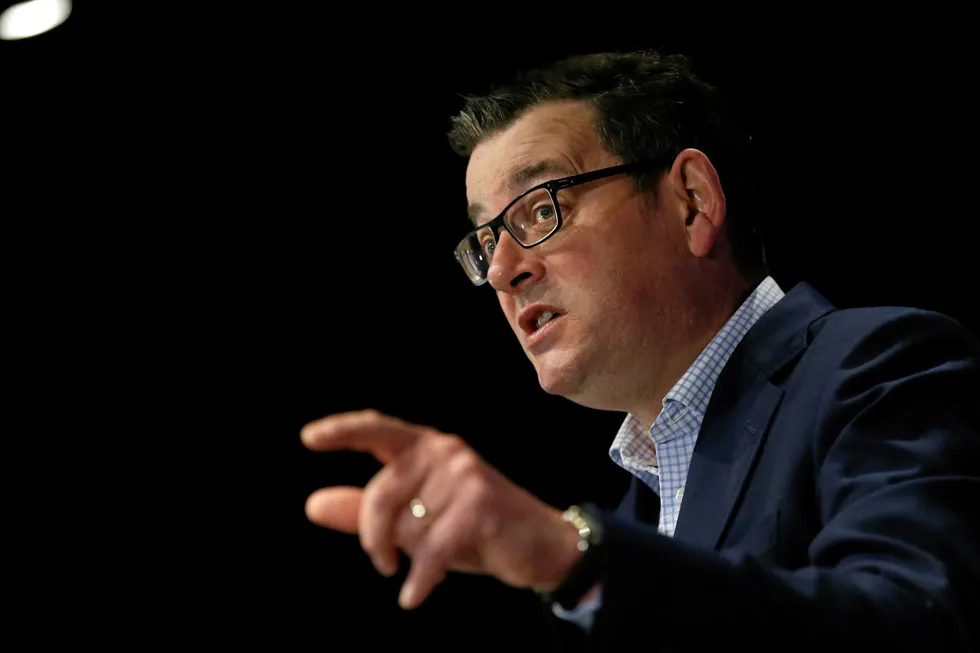Coal to hydrogen | Fears grow in Australia over climate impact of Japan's billion-dollar 'clean H2' export project
Project developer pleads for a ‘patient and fact-based' approach as senior government officials, including premier and energy minister, refuse to endorse scheme outright
